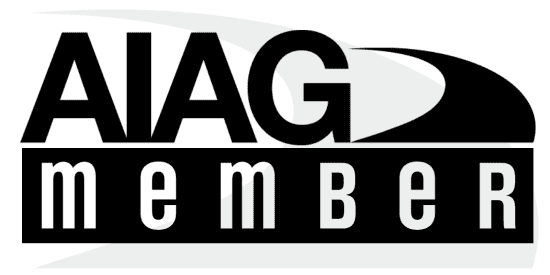HDV emission standards in Brazil – following EU regulations

picture: Pixabay
With the introduction of the PROCONVE P-8 emission standard, Brazil made a great step towards a more sustainable economy, where all its components, including health risks and benefits, are put into the calculation. The new standard will reduce NOx emissions by 80% and PM emissions by 50% compared to the previous P-7 standard. It requires vehicle manufacturers to put more effort into reliably reaching the targets by utilising the WHTC for the emission measurements, which better represents real-world driving than the previous test cycles ESC and ELR. Additionally, an on-road PEMS test is required for at least one vehicle in an engine family, where emissions must not exceed 1.5 times the WHTC limits. P-8 shares these aspects with Euro VI and improves on P-7 in similar way as Euro VI did on Euro V.
P-8 emission limits match Euro VI as well as the durability requirements introduced. The latter ensure, that the emission limits are also met after years of vehicle use and account for deterioration with factors ranging from 1 to 1.3. With N3-trucks with weights above 16 tons, the calculated limits must be met for 700000 km or 7 years..
| PROCONVE P-8 limits | WHTC (CI) |
| CO (mg/kWh) | 4000 |
| THC (mg/kWh) | 160 |
| NOx (mg/kWh) | 460 |
| NH3 (ppm) | 10 |
| PM (mg/kWh) | 10 |
| PN (#/kWh) | 6*1011 |
New requirements for on-board diagnostic systems can make the counter measures to NOx emissions less susceptible to manipulation, lower the vehicle maintenance effort and costs by mandating interoperable systems, as well as increase the reliability of the measurements over the vehicles life.
The P-8 standard is required for type approvals since 2022 and for sales and registrations of new vehicles since 2023 and will help to improve the air quality in Brazil and lower health risks and costs with more strict requirements and more reliable measures compared to its predecessors.
As of now, there have been no official announcements regarding the introduction of a subsequent standard, such as a PROCONVE P-9, for HDVs in Brazil. The focus remains on the effective implementation and enforcement of the P-8 standards. However, the regulatory landscape is subject to change, and future developments may introduce newer standards to further address vehicular emissions. Staying informed through updates from Brazil’s National Council for the Environment (CONAMA) and the Brazilian Institute of Environment and Renewable Natural Resources (IBAMA) is advisable for the latest information on emission regulations.
In this context, hybridization of heavy-duty vehicles (HDVs) presents a significant and underutilized opportunity to accelerate emission reductions within the PROCONVE P-8 framework. Hybrid and plug-in hybrid powertrains can deliver substantial gains in fuel efficiency and emissions control, particularly in stop-and-go urban freight, regional delivery, and vocational applications where full electrification may not yet be practical. By capturing braking energy and optimizing engine operation, hybrid systems help vehicles operate more cleanly and efficiently under real-world conditions—conditions now better reflected through WHTC and PEMS testing under P-8. Moreover, hybrids can serve as a strategic bridge technology, enabling fleets and OEMs to meet stricter standards while gradually preparing for a transition to full zero-emission solutions as infrastructure and energy systems mature. Recognizing and incentivizing hybrid solutions in Brazil’s emissions and energy policies could help unlock faster, more cost-effective climate and health benefits in the heavy-duty sector.


